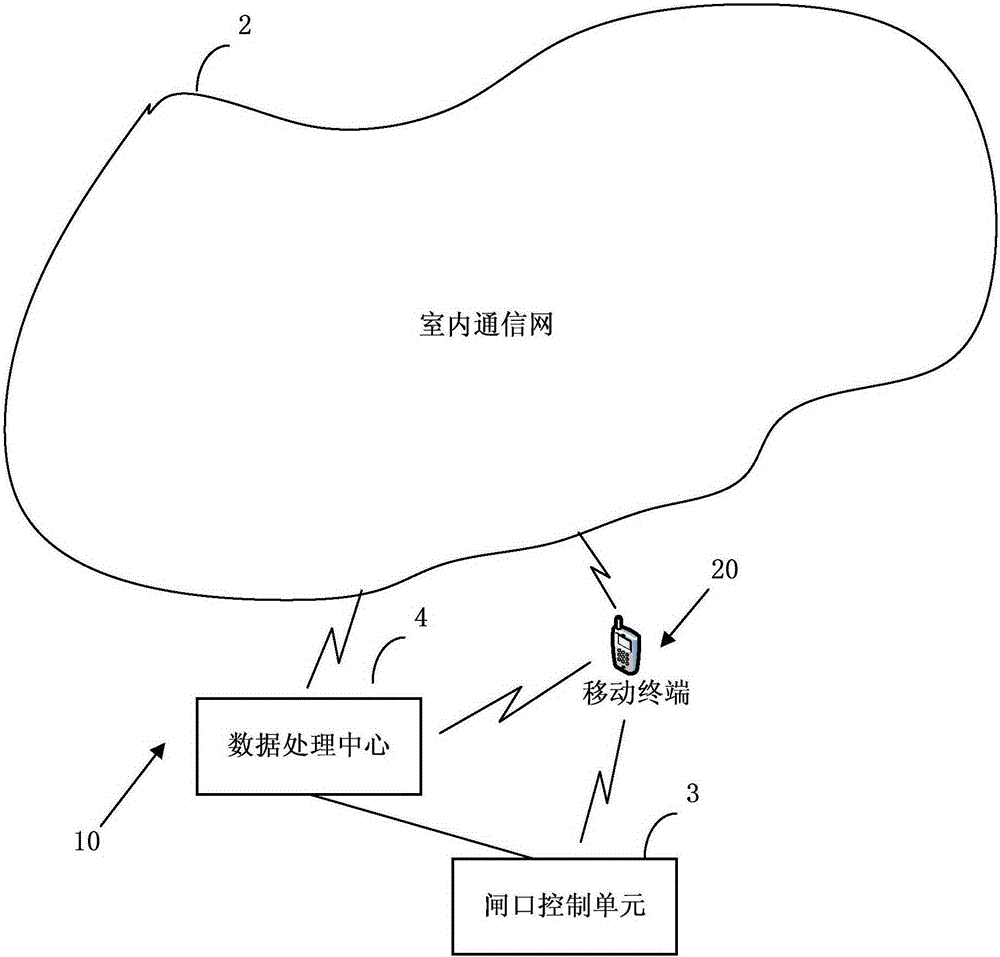Parking lot management system and parking space guidance method implemented by using same
A technology for parking lot management and system implementation, which is applied to indicate the direction of each vacant space in the parking lot, and can solve problems such as unfavorable popularization and utilization, implementation of parking management system engineering, and inconvenient system maintenance, and achieve the effect of facilitating popularization and utilization and easy maintenance
- Summary
- Abstract
- Description
- Claims
- Application Information
AI Technical Summary
Problems solved by technology
Method used
Image
Examples
Embodiment Construction
[0049] The present invention will be described more fully hereinafter with reference to the accompanying drawings, in which exemplary embodiments of the invention are shown. This invention may, however, be embodied in different forms and should not be construed as limited to only the embodiments set forth herein. The above-mentioned embodiments are given to make the disclosure of this document comprehensive and complete, so as to more fully convey the protection scope of the present invention to those skilled in the art.
[0050] In this specification, the term "lighting device" should be broadly understood as all equipment that can provide light to achieve practical or aesthetic effects, including but not limited to bulb lamps, desk lamps, panel lights, downlights, wall lights, spotlights Lamps, fluorescent lamps, chandeliers, ceiling lamps, street lamps, flashlights, stage scenery lights and cityscape lights, etc.
[0051] The term "LED lighting device" refers to a lighting...
PUM
 Login to View More
Login to View More Abstract
Description
Claims
Application Information
 Login to View More
Login to View More - R&D
- Intellectual Property
- Life Sciences
- Materials
- Tech Scout
- Unparalleled Data Quality
- Higher Quality Content
- 60% Fewer Hallucinations
Browse by: Latest US Patents, China's latest patents, Technical Efficacy Thesaurus, Application Domain, Technology Topic, Popular Technical Reports.
© 2025 PatSnap. All rights reserved.Legal|Privacy policy|Modern Slavery Act Transparency Statement|Sitemap|About US| Contact US: help@patsnap.com



